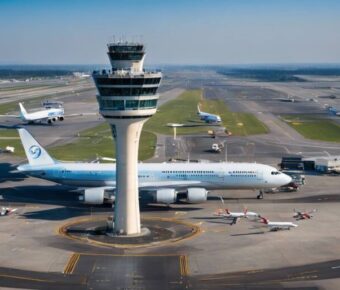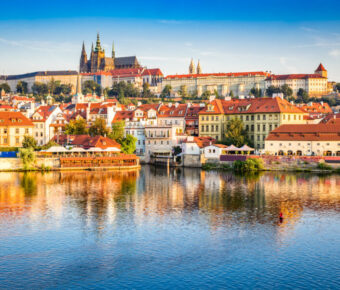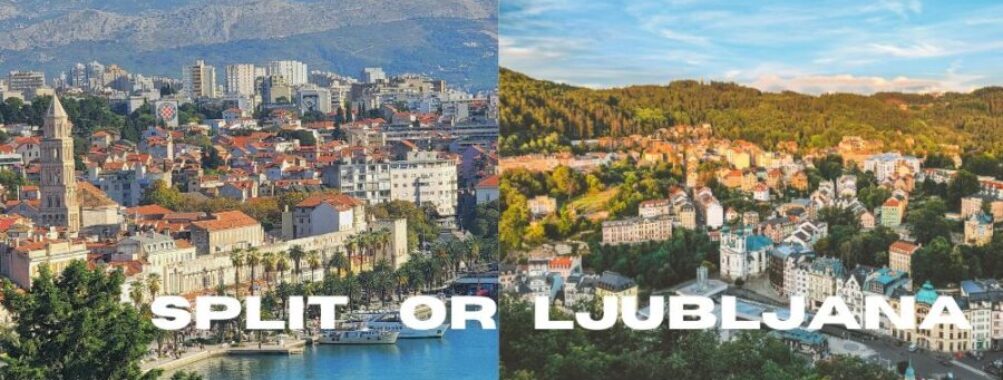
Split vs Ljubljana: Which Charming Mediterranean City Offers Better Value in 2025
Split and Ljubljana both offer unique European experiences, yet they couldn’t be more different. Split dazzles visitors with its ancient Roman architecture and bustling Mediterranean atmosphere along Croatia’s stunning Dalmatian coast. Meanwhile, Ljubljana charms with its laid-back vibe, green spaces, and stunning castle views in Slovenia‘s capital.
Split stands out for history buffs and beach lovers, while Ljubljana wins for those seeking a quieter, more authentic Central European experience with excellent museums and cultural attractions. The blend of old and new in both cities creates distinct personalities that appeal to different types of travelers.
These cities might seem worlds apart, but they share one key trait – neither follows the typical tourist-packed path of Venice or Rome. Both offer authentic experiences where visitors can still find peaceful corners to explore without fighting through crowds, even during peak season.
Table of Contents
- Historical Context
- Geography and Climate
- Travel and Tourism
- Accommodation and Lodging
- Local Attractions
- Culinary Experience
- Public Transportation
- Cultural Comparisons
- Language and Communication
- Traditions and Festivals
- Arts and Entertainment
- Local Sports and Recreation
- Cricket in 2023
- Other Popular Sports
- ECS Croatia T10 Overview
- Tournament Format
- Teams and Players
- Match Highlights
- In-Depth Cricket Analysis
- Team Statistics
- Individual Player Performance
- Tournament Impact
- Live Match Experience
- Stadium Atmosphere
- Fan Engagement
- Frequently Asked Questions
- What are the top attractions to visit in Split compared to Ljubljana?
- How do the cultural experiences differ between Split and Ljubljana?
- Can you highlight the differences in the culinary scenes of Split and Ljubljana?
- What are the travel options available from Split to Ljubljana?
- In terms of accommodation, how do Split and Ljubljana differ for tourists?
- Are there any significant historical sites in Split or Ljubljana that one shouldn’t miss?
- Book Your Dream Experience
- More Travel Guides
Historical Context
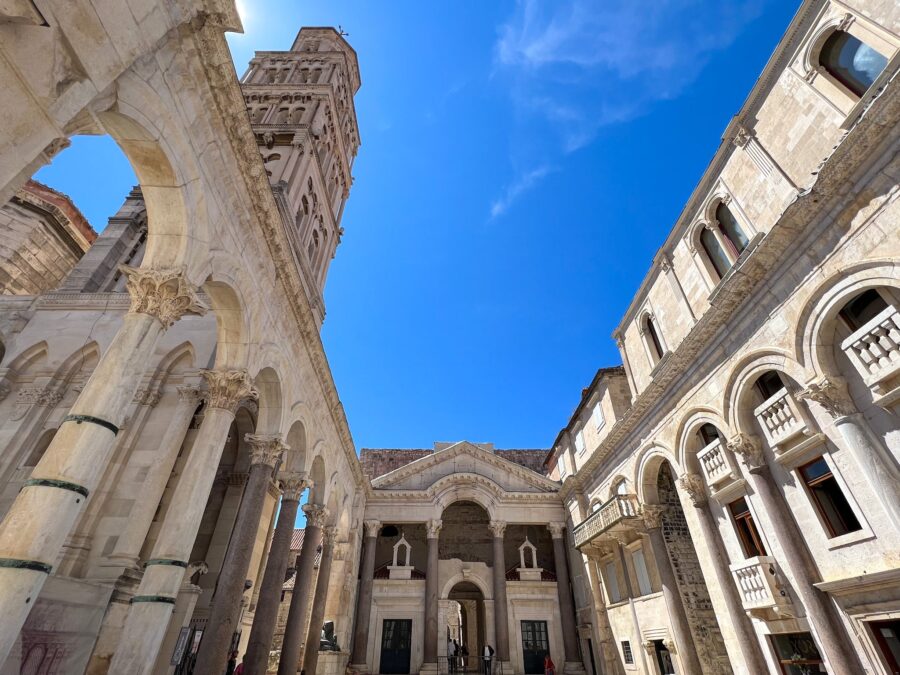
Split traces its roots back to ancient times as a Greek colony called Aspálathos in the 2nd or 3rd century BC. The city gained major importance around 650 CE when it became the successor to Salona, the former capital of Roman Dalmatia.
The most defining moment in Split’s history came with the construction of Diocletian’s Palace. This massive Roman complex still forms the heart of Split’s Old Town today, with locals living and working within its ancient walls.
Ljubljana’s story began much earlier, with settlements dating to 2000 BC. The Romans built a military camp called Emona on the site in 15 CE, marking the first major urban development.
The medieval period saw both cities develop in different ways. Split grew around Diocletian’s Palace, becoming a bustling Mediterranean port. Meanwhile, Ljubljana emerged as a key trading post between the Germanic and Slavic worlds.
Both cities played important roles during the Habsburg and Yugoslav periods. Split became a major coastal industrial center, while Ljubljana developed into an important cultural and educational hub.
Split retains much of its Roman and Venetian character today. Walking through its streets feels like stepping through different historical periods. The limestone buildings and narrow alleys tell stories spanning two millennia.
Ljubljana shows off its Austrian-Hungarian influence in its architecture and layout. The city center features a mix of Baroque and Art Nouveau styles, creating a distinct Central European atmosphere.
Geography and Climate
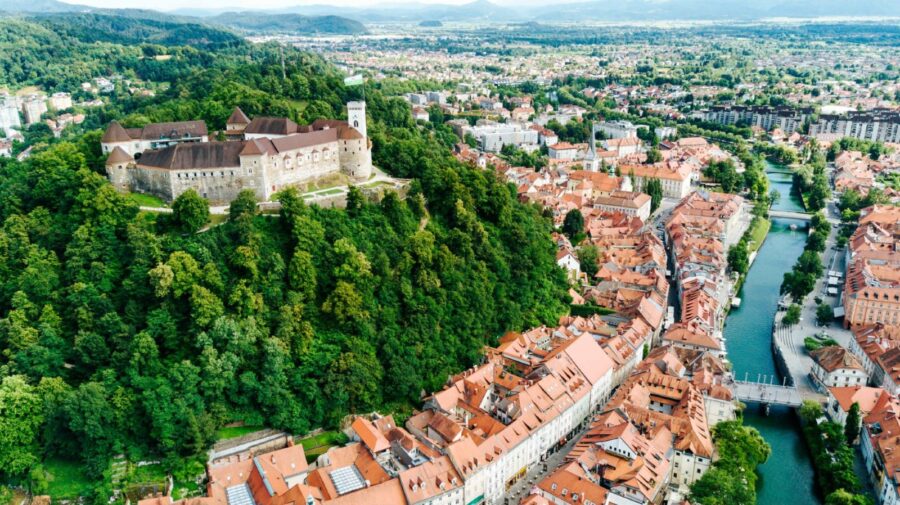
Split sits on Croatia’s stunning Dalmatian Coast, nestled between mountains and the sparkling Adriatic Sea. The city spreads across a peninsula with the famous Marjan Hill rising to the west.
Ljubljana lies in central Slovenia, in a wide basin between the Alps and the Karst region. The Ljubljana River winds through the city center, adding charm to the capital’s layout.
The climate differs quite a bit between these cities. Split enjoys a typical Mediterranean climate with hot, dry summers and mild, wet winters. Summer temps often reach 85°F (29°C), perfect for beach days and swimming.
Ljubljana has a continental climate with warm summers and chilly winters. Summer temps hit around 77°F (25°C), while winter brings snow and temps near freezing. The city gets more rain spread throughout the year.
Both cities shine in spring and fall. May and September are great times to visit Split when the weather is warm but not too hot. Ljubljana is most pleasant from June to September when days are sunny and mild.
The sea plays a big role in Split’s weather, keeping winters warmer than Ljubljana’s. You’ll rarely see snow in Split, while Ljubljana typically gets a few snowfalls each winter.
Mountains protect both cities – the Dinaric Alps shield Split, while the Julian Alps influence Ljubljana’s weather patterns. This creates some nice shelter from harsh winds in both spots.
Travel and Tourism
Split and Ljubljana offer distinct travel experiences that cater to different types of tourists. Split draws beach lovers and history enthusiasts, while Ljubljana attracts those seeking a blend of modern culture and old-world charm.
Accommodation and Lodging
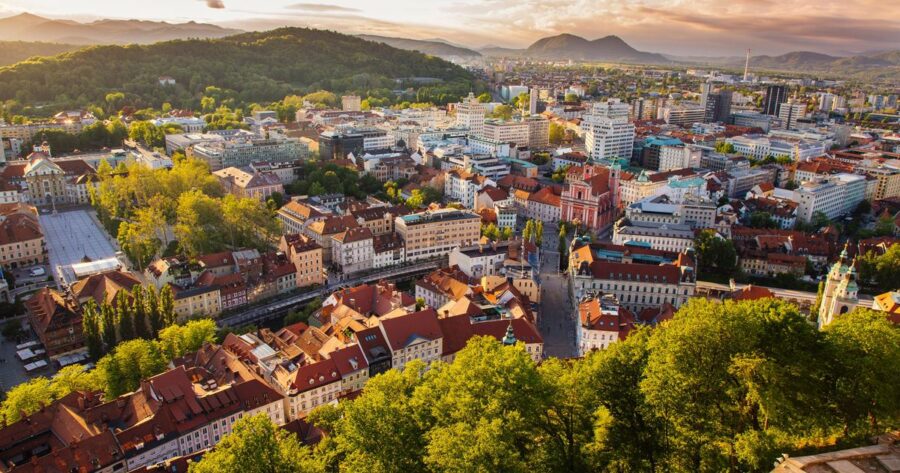
Hotels and apartments in Split concentrate around Diocletian’s Palace and the Riva waterfront. Prices rise sharply during peak summer months from June to August. Most accommodations feature stone architecture and Mediterranean styling.
Ljubljana’s lodging options spread across several neighborhoods. The city center hosts boutique hotels in historic buildings. The Trnovo district appeals to budget travelers with its hostels and guesthouses.
Both cities maintain high cleanliness standards in their accommodations. Split rooms often include balconies with sea views. Ljubljana properties frequently offer bicycle rentals for guests.
Local Attractions
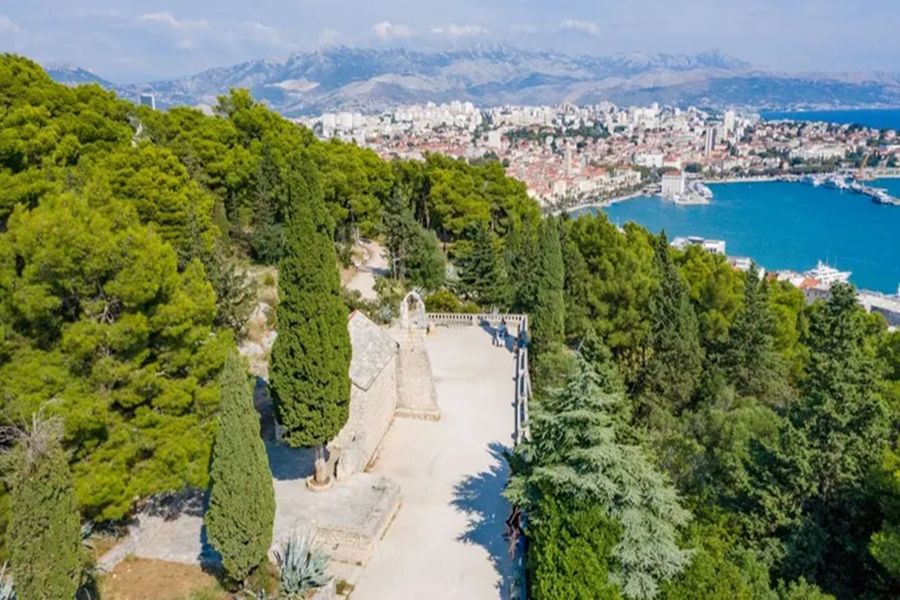
Split’s ancient Roman palace forms the heart of its tourist appeal. The maze-like streets hide small shops and cafes. Marjan Hill provides panoramic views of the city and islands.
Ljubljana Castle stands watch over the capital from its hilltop perch. The Triple Bridge area buzzes with activity day and night. Green spaces like Tivoli Park give visitors room to relax.
Guided walking tours help tourists navigate Split’s historical sites. Ljubljana’s free city tours explain local legends and architecture. Both cities light up beautifully at night.
Culinary Experience
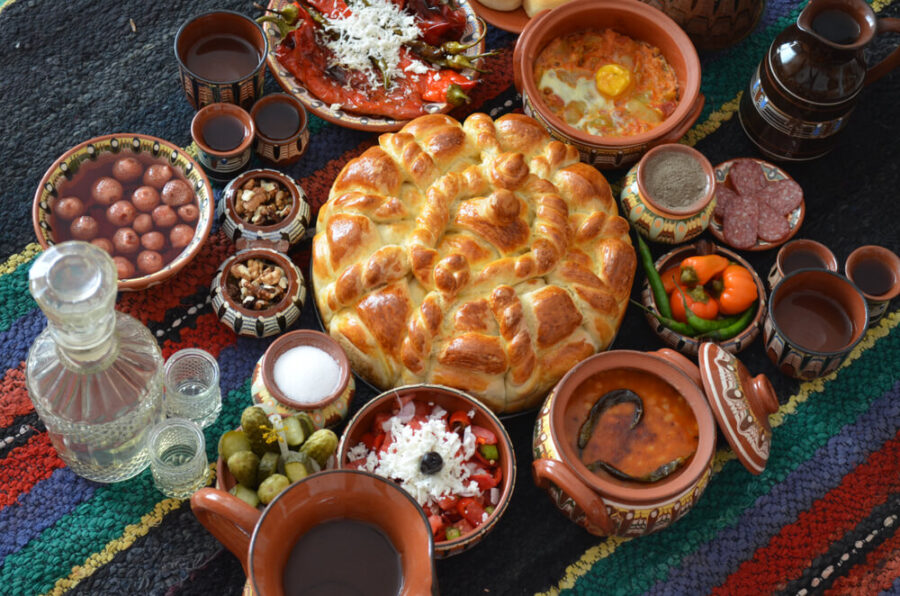
Split specializes in fresh seafood and Dalmatian cooking. The Green Market sells local produce every morning. Small konobas serve traditional dishes like pašticada and black risotto.
Ljubljana mixes Balkan and Central European flavors. The Central Market offers seasonal ingredients and street food. Many restaurants focus on farm-to-table cooking with local ingredients.
Food prices run lower in Ljubljana than Split. Both cities have excellent coffee cultures. Street food proves more common in Split’s tourist areas.
Public Transportation
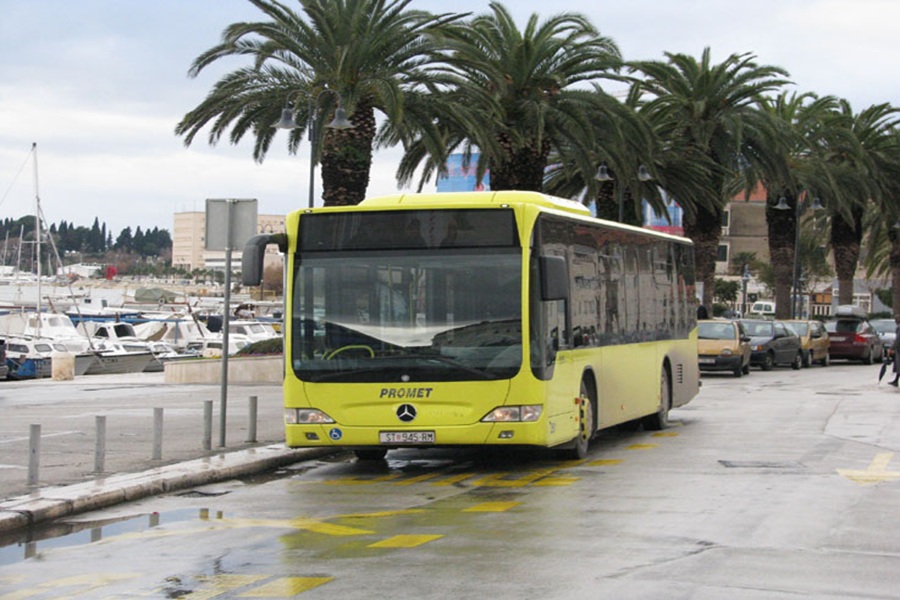
Split uses buses as its main public transport. The airport connects to downtown via shuttle service. Ferry services link Split to nearby islands throughout the day.
Ljubljana’s efficient bus network covers the entire city. The compact center stays mostly car-free. Bicycle rentals provide a popular way to explore.
Both cities offer good taxi services. Ljubljana’s public transport runs more frequently. Split’s summer crowds can make bus travel challenging during peak times.
Cultural Comparisons
Split and Ljubljana offer distinct cultural experiences shaped by their unique histories and modern lifestyles. Each city maintains its own special traditions while embracing contemporary arts and entertainment.
Language and Communication
Croatian is the main language in Split, while Slovenian dominates in Ljubljana. English is widely spoken in both cities, especially in tourist areas and among younger people.
Split’s dialect has a musical quality, with Italian influences from centuries of Venetian rule. Many locals mix Croatian and Italian words in casual conversation.
Ljubljana’s residents often switch between Slovenian and German due to Austria’s historic influence. Street signs and menus appear in both Slovenian and English.
Traditions and Festivals
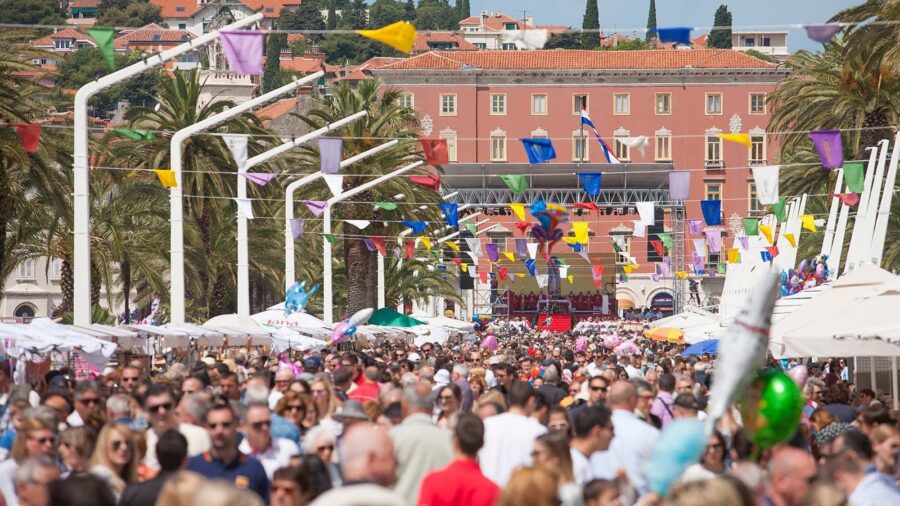
Split’s summer festival brings the ancient Diocletian’s Palace to life with classical performances and art shows. The city celebrates Saint Domnius Day on May 7th with religious processions and food fairs.
Local markets in Split showcase traditional klapa singing and folk dancing on weekends. Food traditions center around fresh seafood and Mediterranean ingredients.
Ljubljana hosts cultural events year-round at Cankarjev dom, the city’s main cultural center. The Ljubljana Festival draws international performers each summer.
Street musicians and artists fill Ljubljana’s riverside markets during warm months. The city embraces both Slavic and Central European holiday customs.
Arts and Entertainment
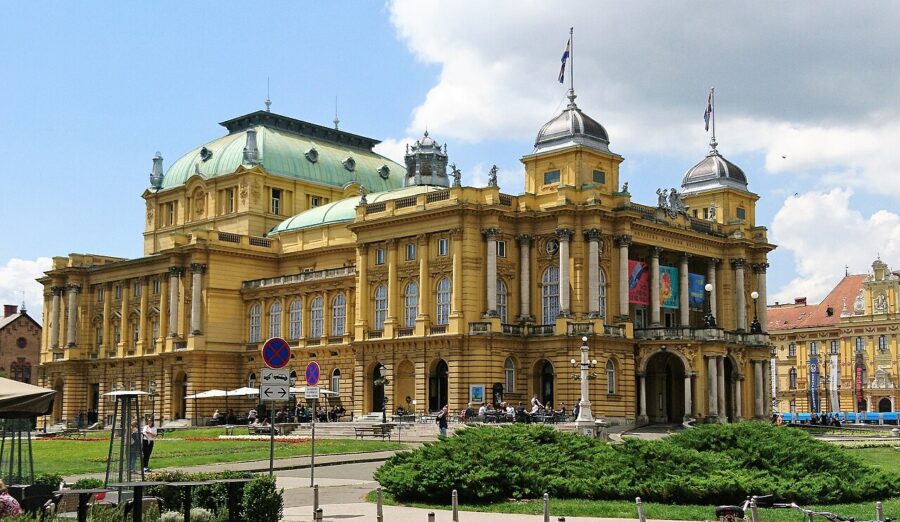
Split’s art scene focuses on outdoor venues within historic spaces. Artists display works in Roman courtyards and medieval squares.
The Croatian National Theater hosts regular opera and ballet performances. Small galleries feature local painters and sculptors.
Ljubljana’s alternative culture thrives in Metelkova, an autonomous cultural zone. Street art covers former military barracks turned creative spaces.
The city supports modern art at the Museum of Contemporary Art and experimental theater at numerous small venues. Live music ranges from classical concerts to indie rock shows.
Local Sports and Recreation
Split stands out as Croatia’s premier sports city, while Ljubljana maintains a rich recreational scene focused on outdoor activities and urban sports facilities. Both cities offer unique athletic experiences that showcase their distinct cultural identities.
Cricket in 2023
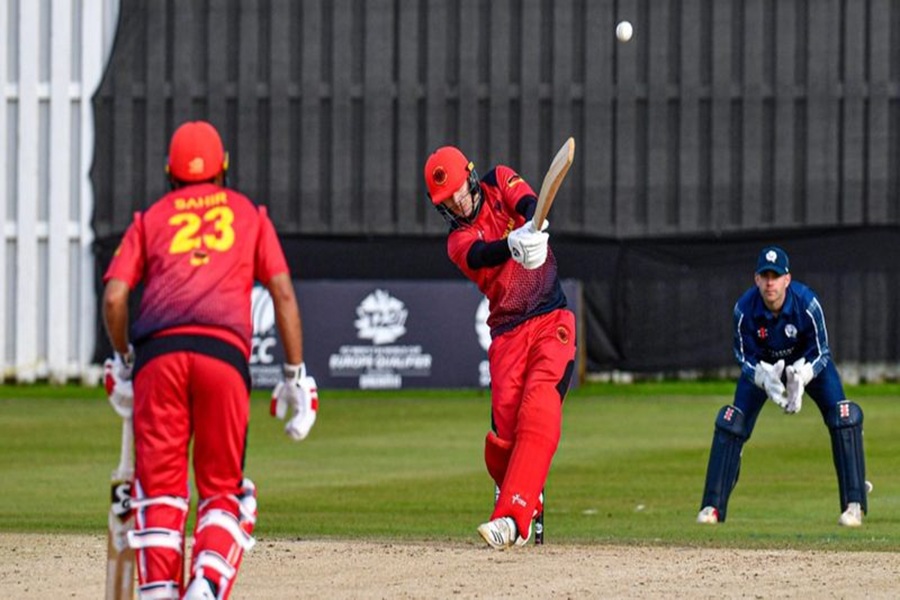
The ECS Croatia T10 tournament brought cricket excitement to Split in 2023. Matches took place at the Mladost Cricket Ground, drawing teams from across the region. Sir Oliver Split emerged as a strong competitor in the local cricket scene.
The tournament featured fast-paced T10 matches that lasted about 90 minutes each. Local fans mixed with tourists to create an energetic atmosphere at the grounds.
Teams practiced three times weekly at the facility, bringing new life to cricket culture in Split. The sport has grown steadily since 2020, with more youth programs starting each year.
Other Popular Sports
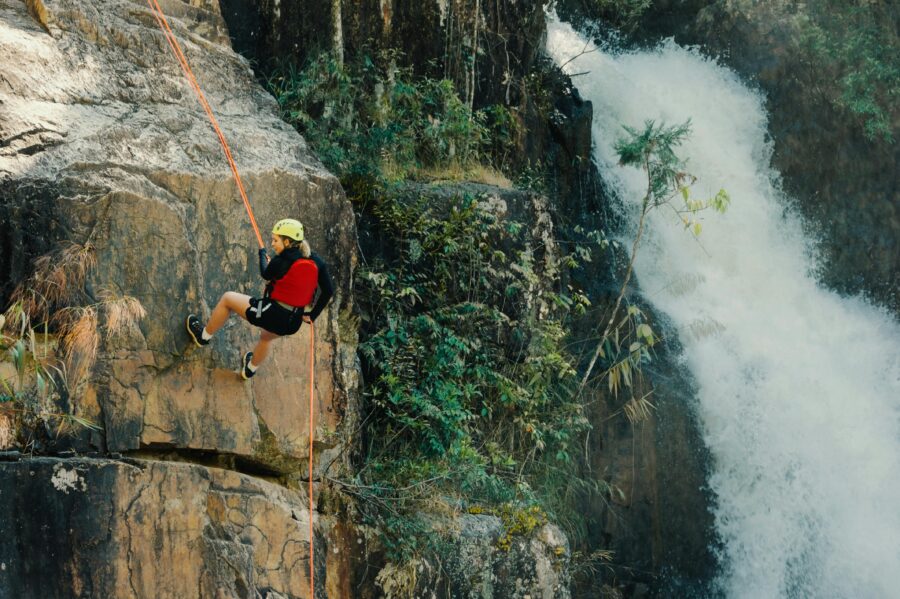
Split’s athletic identity shines through its successful water polo teams and Olympic swimming programs. The city’s coastal location makes it perfect for water sports year-round.
Basketball courts dot the city landscape, with pickup games happening daily in neighborhood parks. Local clubs compete in regional leagues throughout the season.
Ljubljana emphasizes cycling and hiking, with well-maintained urban bike paths and nearby mountain trails. The city’s sports centers offer indoor climbing walls and fitness facilities that stay busy in winter months.
Rock climbing has exploded in popularity around Ljubljana, thanks to easy access to natural climbing spots just outside the city. Local guides lead beginner-friendly sessions most weekends.
ECS Croatia T10 Overview
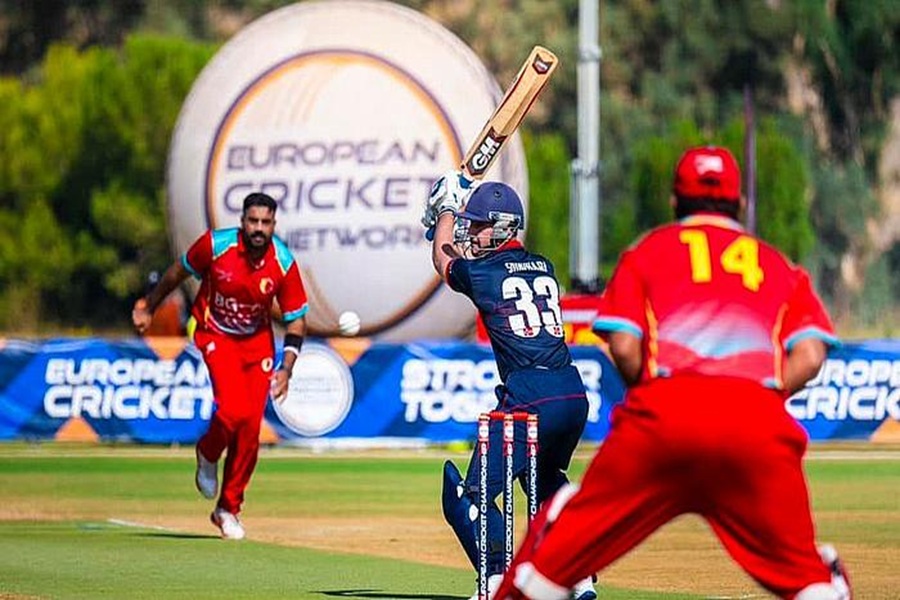
The ECS Croatia T10 cricket tournament brings fast-paced action to Zagreb’s Mladost Cricket Ground, featuring intense matches between regional teams like Sir Oliver Split and Ljubljana.
Tournament Format
The T10 format packs excitement into 10-over matches. Each team gets 60 balls to score runs, making every delivery count. Teams face each other multiple times during the group stage.
The tournament spans several weeks with matches played daily. Teams earn points for wins, with bonus points awarded for run rate and bowling performance.
Morning and afternoon matches take place at Mladost Cricket Ground. Teams must adapt to changing weather and pitch conditions throughout the day.
Teams and Players
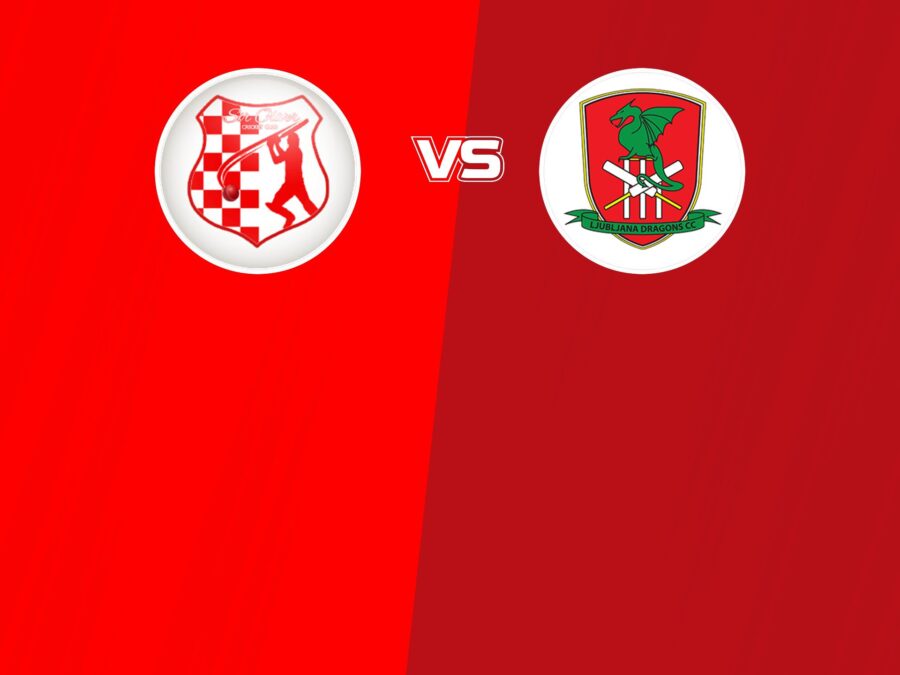
Sir Oliver Split (SOS) and Ljubljana lead the competition with strong squads. Each team fields 11 players plus substitutes for their matches.
Teams mix experienced cricketers with young talent. Many players showcase both batting and bowling skills, crucial for the short format.
Local Croatian players team up with international cricketers. This blend creates exciting matchups between different playing styles.
Match Highlights
Recent matches saw Ljubljana dominate with both bat and ball. Their victory over Sir Oliver Split by 48 runs using the DLS method showed their strength.
Ljubljana posted an impressive 162/7 in their 10 overs. Their batters attacked from ball one, targeting both spin and pace bowling options.
Sir Oliver Split’s chase struggled at 51/4 in one match. The team needs more consistency from their top-order batters to compete effectively.
Games feature plenty of boundaries and quick running between wickets. Teams must balance aggressive batting with smart cricket to succeed in this format.
In-Depth Cricket Analysis
The cricket matches between Sir Oliver Split and Ljubljana showcase notable performances and key statistics that highlight both teams’ competitive spirit. The games featured strong batting displays, strategic bowling choices, and match-winning moments.
Team Statistics
Sir Oliver Split’s batting lineup has shown strength with an impressive run rate in their recent matches. The team’s bowling unit maintains a balanced attack between pace and spin options.
Ljubljana brings solid team chemistry and adaptability to their game plan. Their fielding stands out, with several crucial runouts making a difference in tight situations.
Both teams have traded wins in their head-to-head matches. Split leads with 3 wins compared to Ljubljana’s 2 victories in their last 5 encounters.
Individual Player Performance

Chetan Attri emerged as a standout player, scoring 23 runs off 16 balls in a recent match. His quick-scoring ability adds value to Split’s middle order.
Damir Svilicic provides stability to the batting lineup with consistent performances. His technique against spin bowling proves effective on Croatian pitches.
Junaed Mullah shows promise as an all-rounder, contributing with both bat and ball. His recent spell earned crucial wickets while maintaining an economical bowling rate.
Tournament Impact
These matches carry significant weight in the ECS Croatia T10 tournament standings. Each win impacts team rankings and playoff chances.
The short format creates exciting cricket with emphasis on power hitting and smart bowling changes. Teams must adapt quickly to match situations.
Weather conditions in Zagreb influence game strategies, with teams adjusting their approach based on pitch and atmospheric conditions.
The tournament structure allows both teams multiple opportunities to face each other, building an interesting rivalry in Croatian cricket.
Live Match Experience
The Split vs Ljubljana cricket matches feature exciting live coverage with real-time updates, detailed scorecards, and engaging commentary that keeps fans connected to every moment of play.
Stadium Atmosphere

The matches take place in a vibrant cricket setting where fans gather to watch these two teams battle it out. Local cricket enthusiasts bring their passionate support, creating an electric environment with team flags and banners.
The stadium buzzes with excitement during key moments, like when batsmen hit boundaries or bowlers take wickets. Fans can track the action through digital scoreboards that display live scores, batting stats, and bowling figures.
Professional umpires and match officials ensure fair play while commentators provide ball-by-ball updates. The match officials’ decisions and player performances are recorded in detailed scorecards available to viewers.
Fan Engagement
Cricket lovers follow the matches through multiple platforms. Live streaming services show every delivery, while mobile apps provide instant score updates and player statistics.
The commentary team shares expert analysis of player tactics and game-changing moments. Fans get access to real-time Playing XI updates, helping them track their favorite players’ performances.
Digital platforms display detailed statistics including run rates, partnership details, and bowling economy rates. Match highlights and key moments are shared on social media, letting fans catch up on any action they might have missed.
Live chat features let viewers discuss the game as it unfolds. Fans can track player milestones and team achievements through interactive scorecards that update after each ball.
Frequently Asked Questions
Split and Ljubljana offer distinct experiences for travelers, from ancient Roman ruins to dragon-themed architecture and vibrant food scenes.
What are the top attractions to visit in Split compared to Ljubljana?
Split’s main draw is Diocletian’s Palace, a massive Roman complex that forms the heart of the old town. Marjan Forest Park provides hiking trails and viewpoints above the city.
Ljubljana showcases its famous Triple Bridge, Ljubljana Castle, and dragon-adorned bridges. The central market and Tivoli Park rank among the city’s most-visited spots.
How do the cultural experiences differ between Split and Ljubljana?
Split maintains a strong Mediterranean vibe with Roman influences. The city buzzes with street performers and outdoor cafes in its marble-paved squares.
Ljubljana embraces its Central European heritage with Austrian and Slavic touches. The city features art nouveau architecture, regular cultural festivals, and street musicians along the riverbank.
Can you highlight the differences in the culinary scenes of Split and Ljubljana?
Split specializes in Dalmatian cuisine with fresh seafood, grilled fish, and local wines. The fish market and konobas (traditional restaurants) offer authentic dining experiences.
Ljubljana’s food scene mixes Slovenian traditions with modern twists. The city features farm-to-table restaurants, food markets, and specialty coffee shops.
What are the travel options available from Split to Ljubljana?
Buses run daily between Split and Ljubljana, with the journey taking about 8 hours. Some routes stop in Zagreb.
Train connections require a transfer in Zagreb. Driving takes about 5 hours along mostly modern highways.
In terms of accommodation, how do Split and Ljubljana differ for tourists?
Split offers many apartments within Diocletian’s Palace walls. The city also has beachfront hotels and hostels near the main promenade.
Ljubljana features boutique hotels in art nouveau buildings. Smaller guesthouses and hostels cluster around the old town and river area.
Are there any significant historical sites in Split or Ljubljana that one shouldn’t miss?
Split’s Diocletian’s Palace dates back to the 4th century. The Cathedral of Saint Domnius and Jupiter’s Temple showcase Roman and medieval architecture.
Ljubljana’s castle tells stories from medieval times. The city’s many baroque churches and Plečnik’s architectural works reflect different historical periods.
